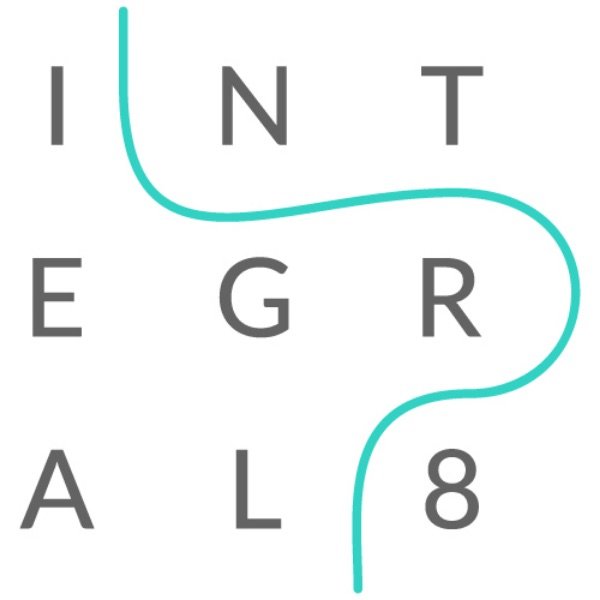#MultiplePerspectives = #Edge
I was at lunch with my good friend Ed recently, in a beautiful coastal café in Devon, when he asked, “Peter, what do you mean when you twitter on about seeing #MultiplePerspectives = #Edge – why does it matter and who cares?”
Putting down my glass of wine, I tried to explain…
“Ed, most people’s problems arise as a result of unseen underlying issues. Those issues remain unseen and unsolved, because people generally take only a partial view of the situation they are in. They often just take their own view of the problem and opportunities they face.
“That’s true, but why do we do it?” Asked Ed
“Because we are convinced our view is right and therefore others are wrong” I said
“Ed, try this… [Readers please try it too]
As you sit in your chair take a look straight ahead, describe the view of the room you are in as if you could not move your head any further, describe the walls, decorations, any doors, windows and etc. Describe their shape their colour. Describe what you can see through the windows from your seat, what else can you see, just describe it. Now let’s call that Bill’s view.
Now move your chair (and head) 90 degrees clockwise. Now take a look straight ahead, describe the new view of the room/space you are in (as if you could not move your head further), describe the walls etc. you now see, what’s on them, any doors, windows. Describe their shape their colour, what else can you see, pictures, people, stuff…. just describe it all. Let’s call that Jane’s view – notice any differences to Bill’s view?
Now move your head and chair another 90 degrees clockwise. Again, take a look straight ahead, describe the new view of the room you are in just as before. What do you see now, walls, windows, people, stuff…what colour, texture, light shade? Let’s call that Amanda’s view. What is different this time?
Finally move your head and chair another 90 degrees clockwise. Again, take a look straight ahead, describe this fresh perspective of the room/space you are in, describe the walls, any doors, windows. Describe the form and detail of what you see, what else can you see, people, stuff…. just describe it all. Let’s call this one John’s view.
Ed: “Ok so I’ve now got four views and I’m also a little dizzy… What is your point?”
I continued… ”Imagine each of those views are separately held by Bill, Jane, Amanda and John. They are all sitting around a meeting table and are asked to describe and agree something... what does the room they are in look like?”
Each gives their view, they give the details of what they each saw but they simply can’t agree what the room actually looks like. They are each convinced they are right. Who is right and who is wrong?
Ed: “But of course, they are all right…”
So why can’t they agree?
Ed: “Err because they are also all wrong”
“Kind of, I said – each of their descriptions of their view is true and thus it isn’t wrong, but more importantly they are each partial. Only by acknowledging the ‘true but partial’ nature of each of their views (taking multiple perspectives) will they begin to see a more whole and less partial view. But they are all too attached to the truth in their own view to see the truth in other's views.
Ed: “Got it! If they rigidly stick to their own view they will never see the whole picture and therefore never fully appreciate the true nature of the situation they are in.”
“Exactly!” I said “thus, in order to see the whole, they must first surrender their attachment to ‘their own truth’ and seek a more whole truth by listening to and integrating other views (other perspectives).”
“Bill and Amanda saw completely different things, so did Jane and John. But Bill and Jane agreed on some bits as do Amanda and Jane. Tensions and even factions can begin to arise but there are also often small areas of alignment”
Ed “If they focus on where there is alignment in their views they may begin to build trust in other views and build the bigger more whole picture, piece by piece.”
Brilliant Ed. Now the more perspectives you can integrate the less partial your view and the more whole your picture is (imagine integrating the view from above the table, below it or, from outside the room or, outside the windows).
Thus, the importance of multiple perspectives is that it gives you a less partial and more complete picture of the situation you are in. This increases chances are that you will see or understand the problem or challenge you face more clearly and increases the opportunities and options for solving/overcoming it.
Thus: #MultiplePerspectives = #Edge
Ed: “Got it – but why don’t they just move”
“Great question Ed, in this simple example they could simply move and adjust their view, but in real life people rarely do (consciously). Their world view or opinion is relatively fixed, it is their truth, created over time based on their personal experiences, their upbringing, culture, values & beliefs, their environment and much more. That’s why so many people get stuck at some point or face the same problem again and again.”
“I use Integral theory and vertical development to help uncover, explain & unlock the barriers to a person’s understanding of a problem or situation they are experiencing. It enables them to understand the limits of their own view and see more perspectives and thus generate a less partial, more whole, view. Enabling them to solve problems by understanding or even moving to other perspectives or world views.
Ed “Cool gotcha, so what is Integral theory and vertical development?”
That’s the key to understanding and flexing your view – one for next time Ed, next time…

